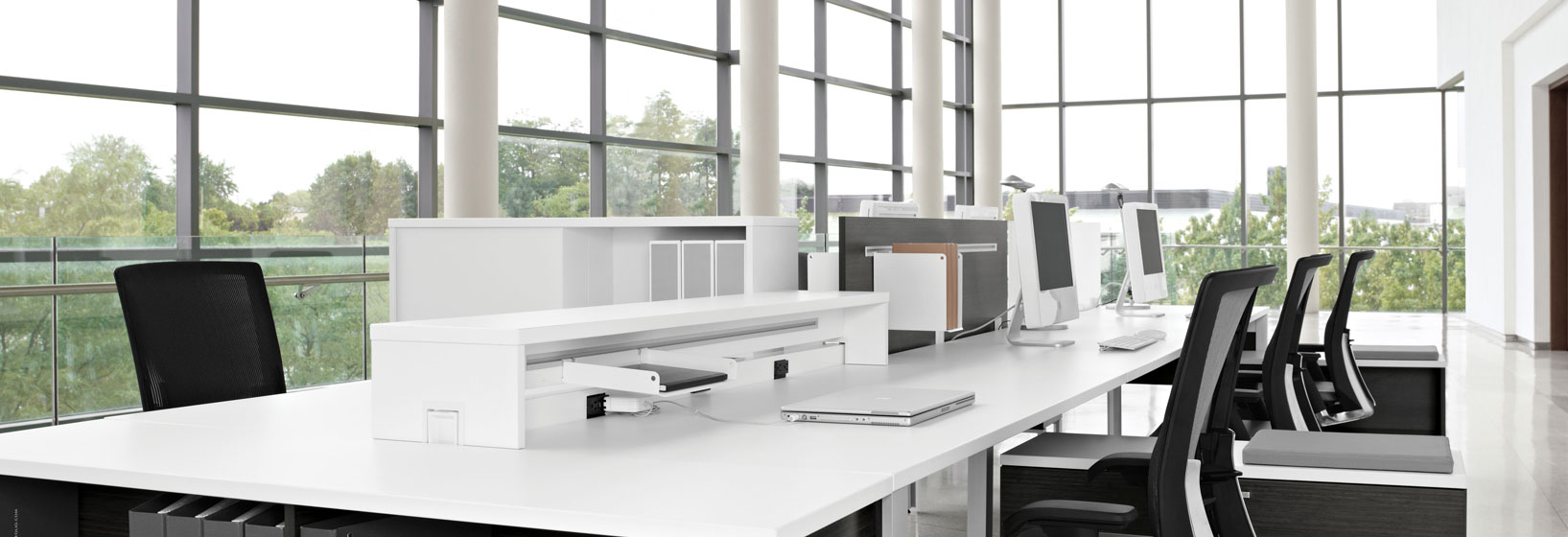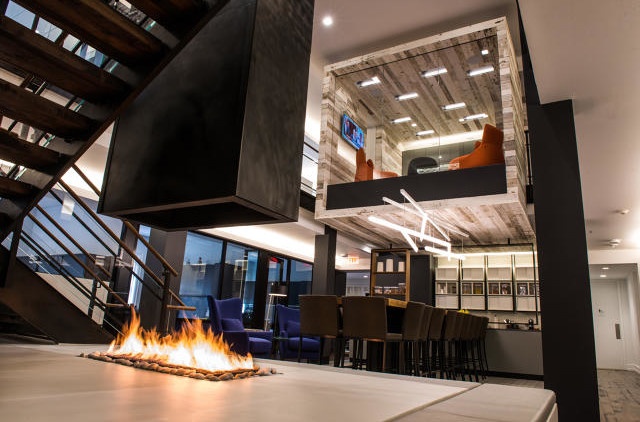As Joan Blumenfeld, principal at Perkins+Will told Fast Company, “Workspaces should flex to provide a variety of spaces and destinations for workers to inhabit that promote movement throughout the day. While many companies are doing a good job of incorporating some of these elements into their workplace design, there’s a need for more awareness and implementation of this way of thinking holistically about the workplace.”
Here at Rightsize Facility Performance we concur with Blumenfeld’s assertion and we compiled our list of five of the top office design trends to expect in 2016.
1. Say Goodbye to Big Private Offices and Expect to see More Open Spaces & Multipurpose Workspaces
These open spaces have large tables called "benching," where individuals sit together with their boss, sharing ideas. Workstations provide a little more privacy for those whose work requires more concentrated focus.
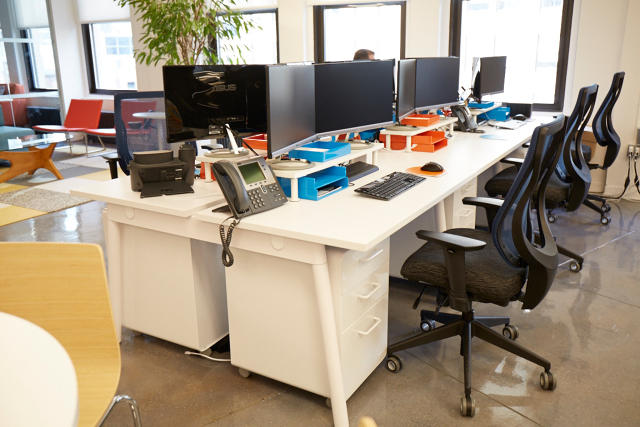
2. Say Hello to Shared Private Enclaves with a Mix of Different Textures & Materials
By applying some basic, simple knowledge about how people interact, space planning can restore that feeling of the entrepreneurial garage without sacrificing privacy. There is an increased emphasis on using varied materials throughout the workplace to create environments that influence wellness and productivity.
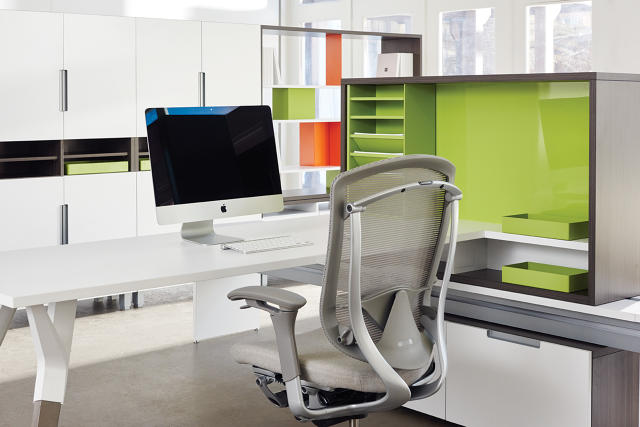
3. Activity-Based Planning Is Key to Space Design with Designated Lounge Areas
Despite the fact that workers have smaller spaces, they have more activities to choose from. There is now space for a coffee bar, a library, a resource center, maybe a cafe, as well as all the little private rooms. A client in London actually made one whole wall of these pint-sized enclaves. Each room had a sofa, a desk, a chair, a laptop connection, and a phone connection. offices can be more comfortable, which stimulates relaxed collaboration.
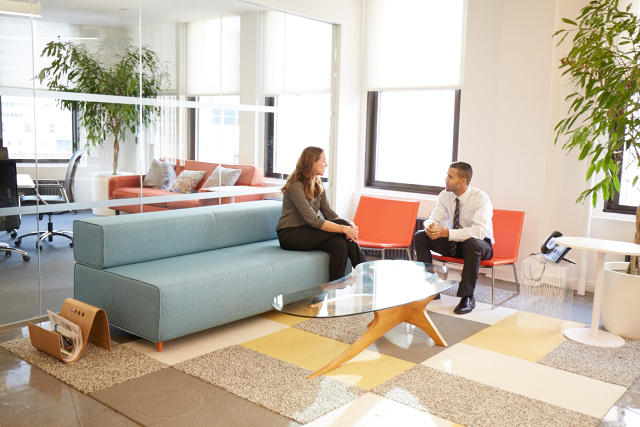
4. Community Tables & Workspaces
The community table has been a meaningful object for centuries, a symbol of kinship or alliance that is now becoming an important part of the work environment.
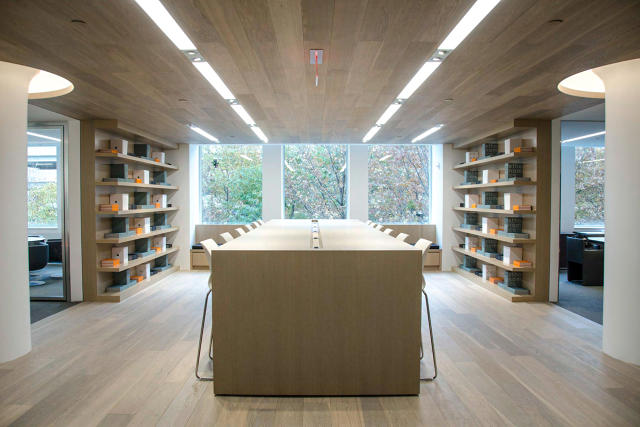
5. Even More Glass Walls – Less Drywall Is More
The type of space being marketed is changing. Clients are looking for more flexibility, which translates into lower construction costs and lower tenant improvement costs. Forty percent of the space in private offices requires a lot of drywall. Going to fewer than 17% private offices cuts drywall by a third or up to a half.


